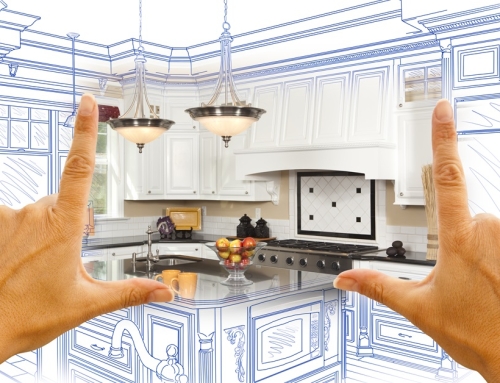One of the reasons we treasure the talks we have with our clients is because here we discover the design inspiration that comes uniquely from them. Questions such as whether to choose a traditional, a transitional, or a contemporary design direction are not so much answered in these conversations as they are transcended, moved forward and far beyond mere labels.
Certainly, the lessons of significant design influences can be a starting point. One reason that art history can be so compelling is that art and design are particularly vivid forms of human history. The designs handed down to us are tangible signs of what people were seeing and thinking and feeling in times past, signs that we can still experience. Yet even the feelings we find in the major design influences, whether traditional, contemporary, or transitional, are changed by the different perspectives that our lives in the here and now bestow on us. In other words, we are not really seeing traditional designs in the same way they were seen when they were contemporary.
The Beauty of Now
Some say that beauty itself is the momentary experience of the infinite, a hint of the vast truth of the universe. The signals of this truth that art can give us are very much subject to the experience of now. The present moment – in our lives, in history, in the experience of our community – is the window through which we see any kind of beauty, all along the spectrum from nature to art and design.
For reasons such as these, each client we come to know brings a unique answer to the question of what design influences may guide us together, whether traditional, transitional, or contemporary.
The Differences Defined
A traditional space is characterized by ornate interiors inspired by a 17th– or 18th-century European countryside home. The look is often warm and inviting, and sumptuously luxurious.
These spaces usually feature furnishings and fixtures that have curved shapes and more exquisite design. Traditional style is also recognized for its elegant fixtures, ornate woodwork designs, rich tones, heavy drapery, and varying patterns. Making it a perfect route for those seeking to inject old-world everyday glamor into their homes as traditional style interior design is sure to deliver.
A transitional style decor blends well with both contemporary and traditional style. traditional spaces are known for their neutral foundations of cream, beige, and gray. Transitional style mixes a combination of classic and modern furniture and finishes.
Because transitional style leans more on contemporary design, the look is less uptight and is a bit more relaxed. Textiles, wood tones, and other decorative textures provide depth in these rooms. Color and pattern used for transitional style is subtler.
Contemporary design is a mix of both traditional and modern, and it’s mostly focused on practicality and edginess.
Shiny and smooth surfaces such as steel and glass are mixed together, and most shapes tend to be rounded and somewhat bulkier, often employing subtly camouflaged lightning effects, such as lights coming from the ground under the bed or just above it instead of modern and traditional lamplights.
Proof and the Lessons of Experience
A friend devoted years to restoring his three-generation family home. At first, he studied the textbooks and coffee table books of the Craftsman style, discovering in the process that his grandmother and mother had strayed far from the thrust of the home’s overall design in the way they each, in turn, decorated it. Grandmother’s Victorian sense placed an Irish crystal chandelier in the dining room, where the books say a simple, geometric lamp should have gone. His mother cheered up the deep-stained oak woodwork with white paint when she took the home in a modern direction in the 1960s. In the process, she seemed to be mixing Modern and Italianate design influences willy-nilly.
“It was really a process of un-decorating the house,” our friend told us, looking back on the years it took to draw back the simplicity of the Craftsman style, where the beauty of materials and workmanship took precedence over décor.
Imagine then, our friend’s surprise, when in the fourth or fifth year of taking part in Modernism Week, in Palm Springs, where design is studied and celebrated, he discovered that his mother’s approach had been far from willy-nilly. Rather, her merging of Modern with Italianate became a style of its own called Hollywood Regency. The author of the book on this design influence inscribed it to our friend, “This is what Mom had in mind.”
The Inspiration is You
And so, we conclude that coffee table books and design catalogs make an excellent starting point, and yet the true answers come from your own response to those designs. Helping you discover the influences that move you and taking part in your process of making the influences your own – this is one of the great privileges of the work we do.
Let’s get together and start this fascinating conversation. The time to begin is now.










